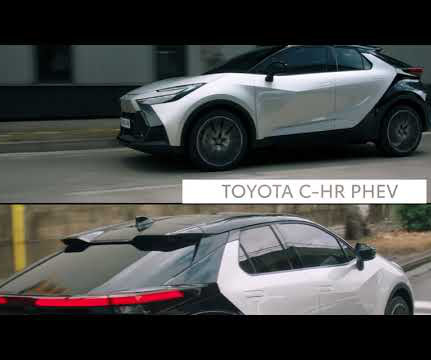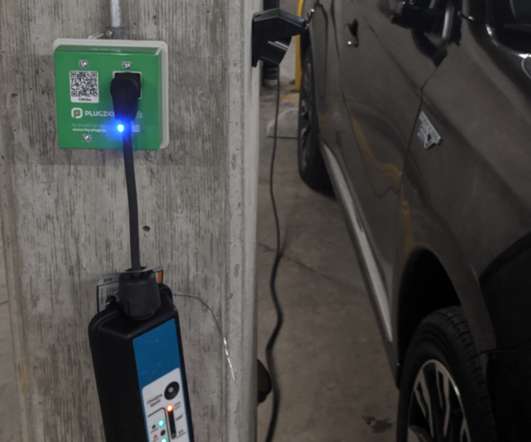Will Toyota Prius Prime gain EV route planning smarts?
Baua Electric
MARCH 20, 2024
In that Toyota PHEV, a geofencing function also automatically activates electric mode in urban low-emission zones, as part of a trip-planning function that saves electric operation for those route portions. 2024 Toyota C-HR plug-in hybrid (European-spec) Predictive Efficient Drive is a system that Toyota also touts for the Prius Prime.






























Let's personalize your content